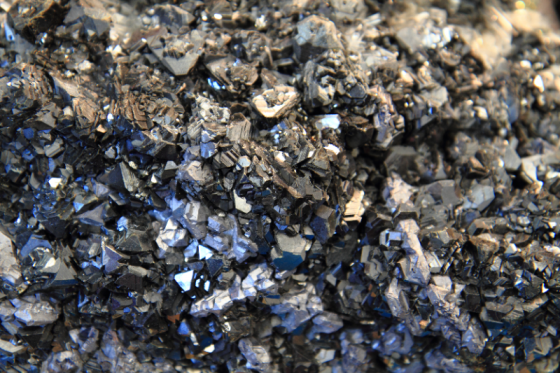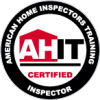WHAT IS LEAD?
Lead is a metal element that occurs naturally in the earth’s crust. Although it has some beneficial uses, lead is toxic to both animals and humans with adverse health effects.
WHERE IS LEAD FOUND?
Although lead pollution has been greatly reduced, the Centers for Disease Control and Prevention (CDC) reports that major exposure sources still exist:
- Lead-based paint in homes built before 1978 (the year in which they were banned)
- Household dust contaminated with deteriorating lead-based paint
- Toys and jewelry made with lead-based paint
- Residential soil contaminated with lead, especially in areas near mining, smelting, and refining
- Plumbing made with lead-based pipes, joints, or solder, which can leach leach into tap water when corroded
- Canned food contained in lead-based cans
- Dishes and ceramic cookware made with lead-based solder
- Some traditional folk remedies
Lead Testing
Since the 1980s, the Environmental Protection Agency (EPA) and its federal partners have banned the use of lead in many consumer products. If your property was built before 1978 or if you are planning to remodel, renovate, or repair your home, you may want to consider a lead inspection. Keystone Home Inspection can carry out lead testing in your home. Find more information here on our inspection services.
HOW CAN LEAD AFFECT MY HEALTH?
Lead can seriously damage virtually every organ and system in the body, especially in babies and young children. Because their bodies are still growing quickly, children absorb more lead than adults. Their developing brains and nervous systems are also more sensitive to the damaging effects of lead. If high blood lead levels (BLLs) go undetected and untreated in children, they can cause:
- Learning disabilities and behavioral problems
- Lower IQ and hyperactivity
- Brain damage
- Slowed growth
- Anemia
- Seizures, coma, and death (rare)
Lead is also harmful to adults. Women who are exposed to lead during pregnancy risk transmitting the toxin to their unborn baby. This can increase the chance of miscarriage, premature birth, low birth weight, kidney damage, and brain damage. Nursing women who are exposed can also pass on lead to their infant through breastfeeding with similar consequences.
High BLLs in other adults can cause high blood pressure, decreased kidney function, nerve disorders, reproductive problems, cognitive difficulties, and muscle and joint pain.
WHAT CAN I DO IF THERE IS LEAD IN MY HOME?
Take action! You can temporarily reduce lead hazards by repairing damaged paint surfaces and planting vegetation to cover soil with high lead levels. Clean your home regularly to reduce lead dust that settles on window sills, furniture, and floors. If you have children, do not purchase toys made with lead-based materials.
WHO SHOULD DO THE CLEANUP?
Although these solutions reduce the amount of lead present in your home, the only permanent solution is lead abatement. After assessing your home, Keystone’s inspectors will refer you to a certified lead abatement contractor who will remove or contain the lead according to strict safety guidelines.
Contact Us
* - Required Field
Keystone Home Inspection is proud to be a home inspector in the Greater Cleveland, Ohio area including Cuyahoga County, Geauga County, Lake County, Lorain County, Medina County, Portage County, and Summit County.
All Rights Reserved 2025, Keystone Home Inspection - Admin Login | Privacy Policy | Digital Marketing & Social Media Marketing by Alt Media Studios







